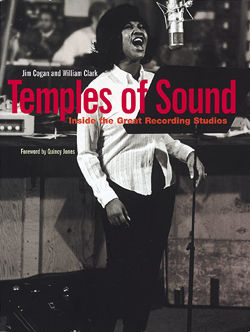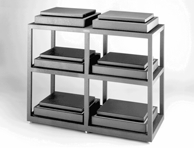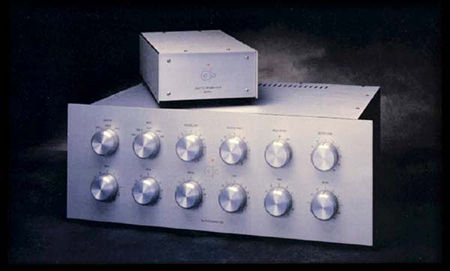Founded in 1984 by Mark Levinson, the man responsible for the original Mark Levinson products (footnote 1), Cello has slowly become more visible within the high-end audio consumer market, as well as establishing a presence in the recording industry with very high quality microphone preamps, tape electronics, power amplifiers, and equalizers. Taking a holistic approach, Levinson offers Cello systems complete from preamplification and equalization stages through amplification to loudspeakers. He can also set up a complete recording studio for you, including the microphones, microphone preamplifiers, and tape decks. Cello manufactures their own interconnect and speaker cables, cutely called "Cello Strings." Besides marketing his products through high-end dealers, Levinson has established two showrooms, in New York and Los Angeles, dedicated to sales of Cello systems and components (as well as a few selected source components from other manufacturers).



